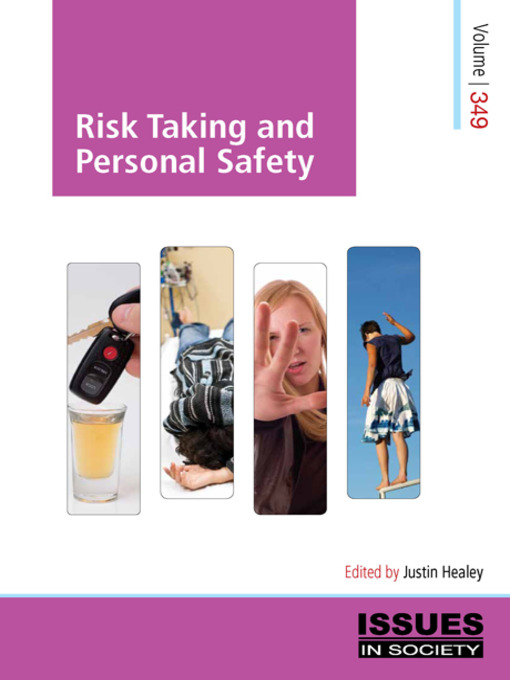Experimentation, pushing boundaries and testing your own limits is a part of growing up, however there are many potentially unsafe situations in which teenagers may find themselves at risk and their safety compromised by making harmful personal choices. Everyone has the right to feel safe and to live without fear, this includes travelling alone at night on public transport, going out partying with friends, even accessing the internet at home. What are the strategies and precautions you can take to maximise your feelings of safety and reduce your actual exposure to injury or assault? Risk taking can be fun and positive, but sometimes taking unhealthy risks may affect your wellbeing and cause you harm. Common teenage risk-taking behaviours include: fighting, truancy, alcohol and drug use, dangerous driving, risky sexual behaviour, and deliberate self-harm. This book is a useful guide for teenagers, parents and teachers to understand the issues around risk-taking behaviours and personal safety. How can young people be encouraged to make safer choices?
Also includes: Worksheets and activities ; Fast facts ; Glossary ; Web links ; Index.

